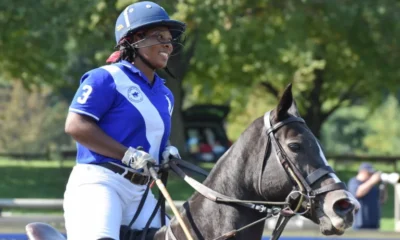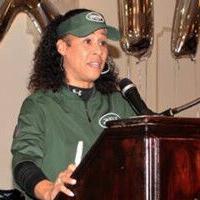Black Women in Sports
The Life and Death of Cheryl Glass
The female, African-American sprint car driver had Indy 500 ambitions, but why did the promising racer’s dream turn to tragedy?
The coroner listed her cause of death as drowning. Detectives from the Seattle police department ruled her death a suicide, the result of jumping off the Aurora Bridge into Lake Union.
Her family disputes any notion she chose to go over the edge, willfully plummeting 167 feet into the water below. No suicide note was found at the scene.
Why, 20 years ago on July 15, 1997, did the life of race car driver Cheryl Glass come to an end? Was the pioneering sprint car and Indy Lights driver a victim of foul play? Or, did the acts and circumstances that marred her final years somehow lead to the time-stopping outcome that summer day in Washington State?
These are lingering, frustrating questions that lack definitive answers.
Born in 1961 to Marvin and Shirley Glass in the San Francisco Bay Area town of Mountain View, the Glass family relocated to the Pacific Northwest in 1963. Cheryl’s parents, executives in the aerospace and telecommunications industries, raised a child prodigy.
As a scholar and young businesswoman, Glass was recognized for her intelligence and ambition. Thanks to her father’s passion for motorsports, race car driving was soon added to a mounting list of achievements. At nine, her career began with quarter-midgets and continued into half-midgets until she was 18. At the regional level, with Washington’s Skagit Raceway serving as her personal training ground, Glass developed into a serious short-oval competitor and regular winner.
The old third-mile bullring, responsible for producing Spokane’s 1983 Indy 500 winner Tom Sneva, and other little haunts–mostly of the paved variety–helped Glass hone her skills. Still in her teens, she’d fill a room with trophies and forge a reputation …
Please read original article – The Life and Death of Cheryl Glass


























